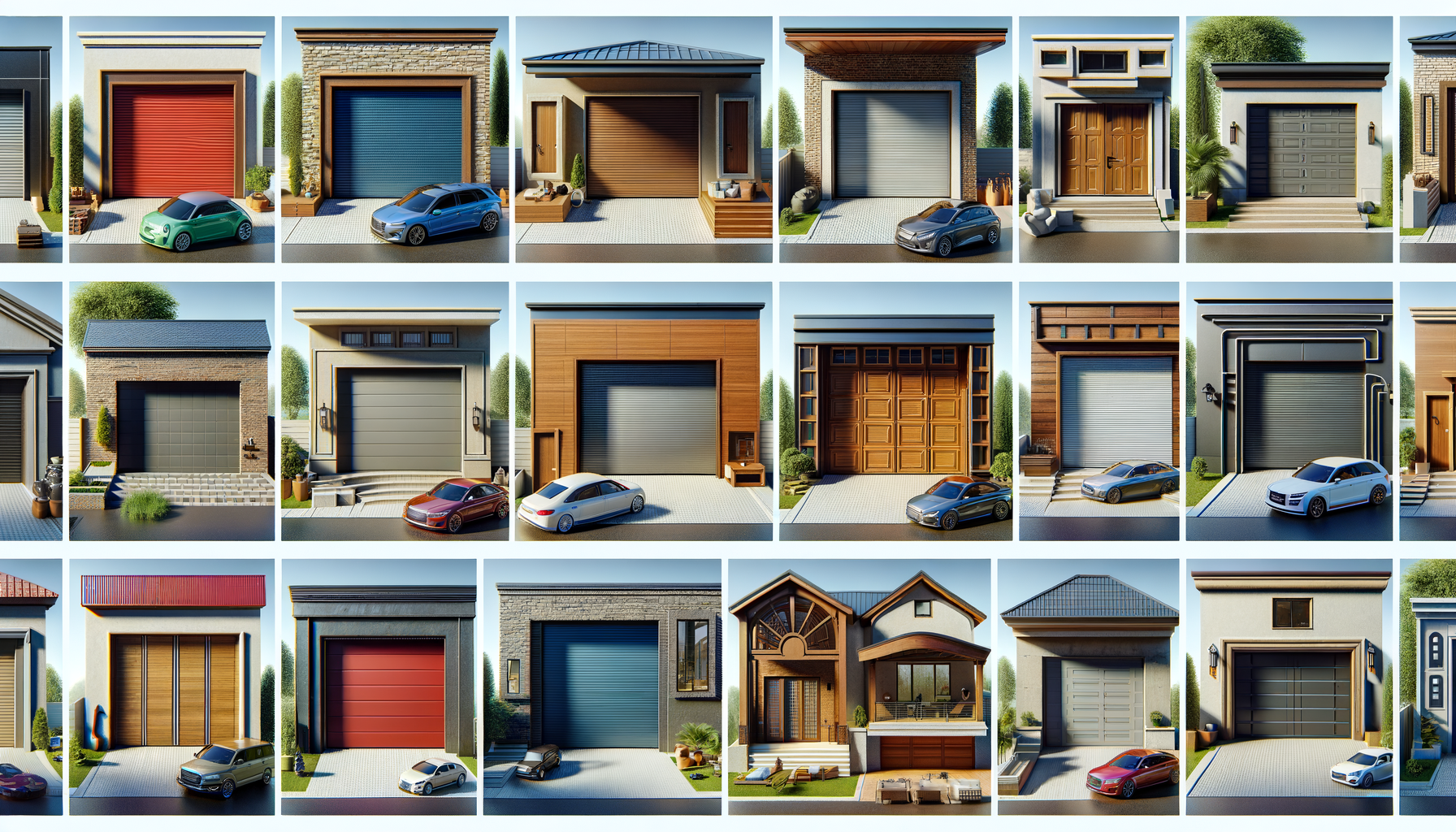Understanding Sunrooms: A Brief Overview
Sunrooms, often referred to as solariums or conservatories, are a delightful addition to any home, offering a unique blend of indoor comfort and outdoor ambiance. These spaces are typically constructed with large windows or glass panels, allowing an abundance of natural light to flood the room. The primary purpose of a sunroom is to create a space that feels like the outdoors while providing the comfort and protection of being indoors. This can be a perfect spot for relaxation, entertaining guests, or even as a cozy reading nook.
The appeal of sunrooms lies in their versatility. They can be used year-round, with options to insulate them for colder months or to ventilate them during warmer seasons. Sunrooms can also increase the value of your home by adding extra living space with a unique aesthetic appeal. The design possibilities are endless, ranging from traditional to modern styles, and they can be tailored to fit the architectural style of the existing home.
In terms of materials, sunrooms are often constructed using aluminum, wood, or vinyl, each offering different benefits. Aluminum is durable and low-maintenance, wood provides a classic and natural look, and vinyl is cost-effective and energy-efficient. The choice of materials will depend on factors such as budget, climate, and personal preference.
Sunroom Installation: What You Need to Know
Installing a sunroom involves several key considerations to ensure it meets your needs and preferences. The first step is to decide on the location and orientation of the sunroom. Ideally, a sunroom should face south or southeast to maximize sunlight exposure throughout the day. However, this can vary depending on your local climate and how you plan to use the space.
Next, you’ll need to consider the foundation. Sunrooms can be built on existing patios or decks, or they may require a new foundation. The choice will depend on the current structure of your home and the type of sunroom you choose. It’s essential to consult with a professional to assess the structural requirements and obtain necessary permits.
Another crucial aspect is the choice of glazing. The type of glass used in your sunroom will significantly impact its energy efficiency and comfort level. Options include single-pane, double-pane, or even triple-pane glass, each offering different levels of insulation and UV protection. Additionally, low-emissivity (Low-E) coatings can help control heat transfer, keeping the sunroom cooler in the summer and warmer in the winter.
Lastly, consider the integration of heating and cooling systems. Depending on your climate and usage, you may want to install HVAC systems, ceiling fans, or portable heaters to maintain a comfortable temperature year-round.
Designing Your Dream Sunroom
The design of your sunroom is where creativity truly comes into play. A well-designed sunroom not only enhances the aesthetic appeal of your home but also serves as a functional space that meets your lifestyle needs. When planning the design, consider the purpose of the room. Will it be a place for relaxation, a dining area, or perhaps a home office?
Furniture selection is a critical component of sunroom design. Opt for pieces that are both comfortable and durable, as they will be exposed to sunlight regularly. Materials such as wicker, rattan, and teak are popular choices for sunroom furniture due to their resistance to fading and wear.
Incorporating plants can also bring a touch of nature indoors, enhancing the tranquil atmosphere of the sunroom. Choose plants that thrive in bright, indirect light, such as ferns, succulents, or peace lilies. Additionally, consider the use of textiles like cushions and throws to add warmth and color to the space.
Lighting is another important factor. While natural light is abundant during the day, you’ll need to consider artificial lighting options for the evening. Pendant lights, floor lamps, and fairy lights can create a cozy and inviting ambiance. Finally, don’t forget about window treatments. Blinds, shades, or curtains can provide privacy and help regulate temperature by controlling the amount of sunlight entering the room.
Cost Considerations and Budgeting for a Sunroom
Building a sunroom is a significant investment, and understanding the costs involved is crucial for effective budgeting. The overall cost will depend on factors such as the size of the sunroom, choice of materials, and design complexity. On average, the cost of a sunroom can range from a few thousand to tens of thousands of dollars.
One of the primary cost drivers is the choice of materials. High-quality materials like wood and double-pane glass may increase initial costs but can offer long-term savings through improved energy efficiency and durability. Conversely, opting for more affordable materials like aluminum or vinyl can reduce upfront expenses.
Labor costs also play a significant role in the overall budget. Hiring experienced professionals for the installation can ensure quality workmanship and adherence to building codes, but it may come at a higher price. To manage costs, consider obtaining multiple quotes from different contractors and inquire about any potential discounts or financing options.
It’s also wise to allocate a portion of your budget for unexpected expenses. These might include additional permits, unforeseen structural issues, or changes in design preferences. By planning for these contingencies, you can avoid financial surprises down the line.
Maximizing the Use of Your Sunroom
Once your sunroom is complete, it’s time to make the most of this versatile space. A sunroom can serve multiple functions, depending on your needs and lifestyle. For instance, it can be a serene retreat for yoga and meditation, a vibrant playroom for children, or even a stylish venue for hosting gatherings.
To maximize the use of your sunroom, consider incorporating multifunctional furniture. Pieces like foldable tables, modular seating, and storage benches can adapt to various activities and help keep the space organized. Additionally, consider installing a small kitchenette or bar area if you plan to entertain guests frequently.
For those who enjoy gardening, a sunroom can double as a greenhouse. With ample sunlight and controlled conditions, it’s an ideal environment for growing herbs, flowers, and even small vegetables. Vertical gardening solutions and tiered plant stands can optimize space and add a lush, green aesthetic.
Finally, technology can enhance the functionality of your sunroom. Smart home systems can control lighting, temperature, and entertainment devices, creating a seamless and comfortable experience. By integrating these elements, you can transform your sunroom into a dynamic and enjoyable space that caters to all your needs.




Leave a Reply